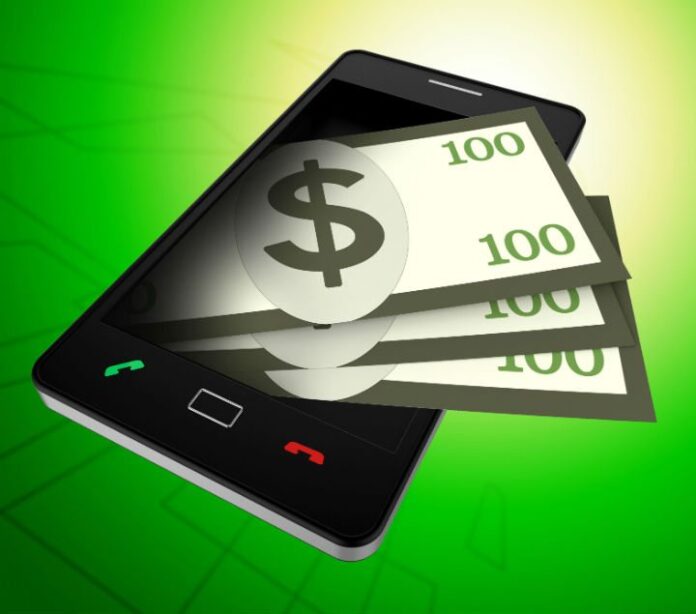CANCUN, Mexico – To make mobile financial services succeed requires a win-win partnership between banks and mobile network operators, because assets from each one are needed.
On one side, banks contribute with regulatory compliance, an existing financial network and infrastructure and strong recognition, while mobile network operators deliver wide distribution networks, mobile network infrastructure and a customer base.
The growth of mobile financial services will come as finance, retail and communications converge.
“People don’t have a bank account, but they do have a mobile phone and they want to be part of the financial agenda, be able to send money to each other, use credit. Also, smartphones are changing the way people are buying and accessing financial services,” said Jonathan Kaftzan, director of product marketing for MFS at Amdocs.
Mobile finance services have largely focused on either convenience or financial inclusion, but carriers still face challenges enabling MFS ecosystems and lowering costs while complying with global and local regulations.
Last year, Gartner predicted that the mobile payment market will reach over 450 million users and a transaction value of more than $721 billion by 2017.
According to Kaftzan, most of the transactions today are in money transfer, but what everybody wants to do is merchant payments, such as bill payments, remote and converged payments.
One example of mobile financial service implementation comes from the Philippines, where only 20 million people – of a total population of 100 million – have bank accounts and 6 million own credit cards.
Speaking at the Amdocs Latam Business Summit, held this week in Mexico, Cecilia Grace Castillo, head of the merchant acquiring business at GCash, explained that it is hard to educate the market to use the mobile money.
GCash launched in 2009 with an American Express virtual card. Following up in 2012, the company launched a payroll product with Banko for interest-bearing accounts and loans, as well as a mobile application. More recently, GCash released a partnership with Mastercard to shop without a credit card from anywhere in the world.
In the Caribbean and Latin America the opportunity comes from the growing middle classes and the rise of smartphone penetration. Also, the region still has a largely untapped market, with 25 million people without access to banking services.
“It takes time to create adoption and we have worked to be done to design the ecosystem,” said Jesus Luzardo, sales director for mobile financial services for CALA and Europe at Amdocs.
Editor’s Note: Amdocs paid for travel costs to Cancun, Mexico.

